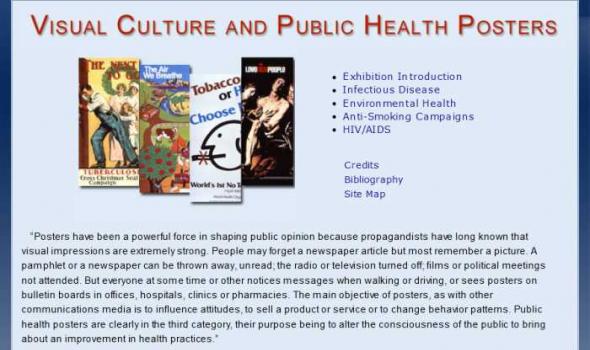Category: Fine Arts, English, Maryland
Results
During the depths of the Great Depression of the 1930s and into the early years of World War II, the Federal government supported the arts in unprecedented ways. For 11 years, between 1933 and 1943, federal tax dollars employed artists, musicians, actors, writers, photographers, and dancers. Never before or since has our government so extensively sponsored the arts. MORE... This link is not functional because your browser does not support JavaScript or Javascript has been disabled. Please use this link to MORE...
History of Medicine Home > History Home > Lesser Home This is my fourth exhibit over the last 20 years in a series presenting medicine and social healing in our century. When I reviewed my first book, from which the first exhibit was taken (auditing medical school at UCLA, with the Class of '71), and the second, about medical education in its entirety (from the student's first days until a physician's first professional experiences, in the '80's), I realized that another look was timely. I have always focused on the motivations of health care practitioners, as well as their human endeavors. I admire those who study and train to help others at this high level of knowledge and skill, which takes years to achieve and much personal sacrifice.
Display of Goya Prints Featured at the NLM Thirteen prints by Francisco Goya (1746-1828) , a Spanish painter who stands among the first modern artists, are on display at the National Library of Medicine. Although Goya held a position as court painter to Spain's King Charles IV, he often mocked the powerful in his paintings and satirized Spain's government and church. His depictions of hospital patients, torture chambers, the poor, and people in complex psychological states, transformed the unmentionable into fit subjects for art. Two of the works are first editions created by Goya, while the others are "restrikes" printed by others using Goya's original plates.






















